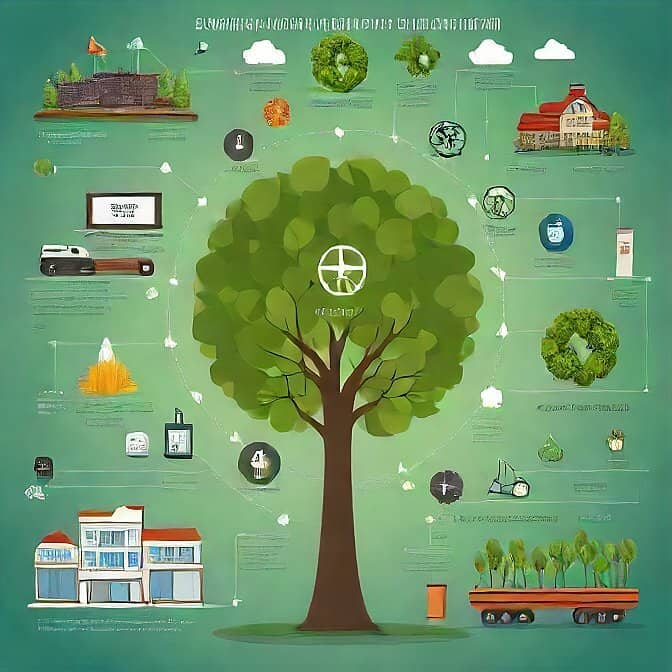Sustainability in software development isn’t a buzzword. It’s vital and can shape tech’s future. With the rapid growth of digital solutions, we must prioritize eco-friendly practices. The tech industry can help create a sustainable future. It can cut energy use and reduce electronic waste. This article will explore the importance of sustainability in software development. It will also show how developers can build eco-friendly solutions.
1. Understanding Sustainability in Software Development
Sustainable software development aims to reduce the environmental impact of digital solutions. It includes various practices to achieve this. It involves making software that is energy-efficient, durable, and waste-minimizing.
2. Energy-Efficient Coding Practices
Developers can contribute to sustainability in software development by adopting energy-efficient coding practices. This includes writing code that uses fewer resources and runs faster. It should reduce the carbon footprint of digital products.
3. Optimizing Data Centers for Sustainability
Data centers are key to the digital infrastructure. But, they use a lot of energy. Optimizing data centers for sustainability can cut energy use and emissions. This will help create a greener future.
4. Minimizing Electronic Waste
The fast pace of technology causes us to often discard old gadgets. This raises e-waste levels. Sustainable software development means designing long-lasting products. This reduces the need for frequent upgrades and cuts e-waste.
5. Embracing Renewable Energy Sources
To be truly sustainable, software firms must use renewable energy, like solar and wind power. The tech industry can cut its carbon footprint. It should power data centers and offices with clean energy.
6. Collaborating for a Greener Future
Collaboration is key to driving sustainability in software development. By sharing best practices and collaborating on R&D, companies can speed up the shift to a greener future.
7. Balancing Performance and Sustainability
Performance is vital in software development. But, we must balance it with sustainability. Developers must find new ways to deliver fast, efficient, eco-friendly solutions.
8. Educating the Next Generation
Educating the next generation of developers about sustainability in software development is paramount. By instilling eco-friendly values early, we can ensure that future software development prioritizes sustainability.
9. Measuring Environmental Impact
To reduce the environmental impact of software development, we must measure and monitor key metrics. These include energy use, carbon emissions, and e-waste.
10. Conclusion
In conclusion, software development must be sustainable in today’s digital age. The tech industry can create a sustainable future. It should use energy-efficient coding, optimize data centers, reduce e-waste, and embrace renewables.







